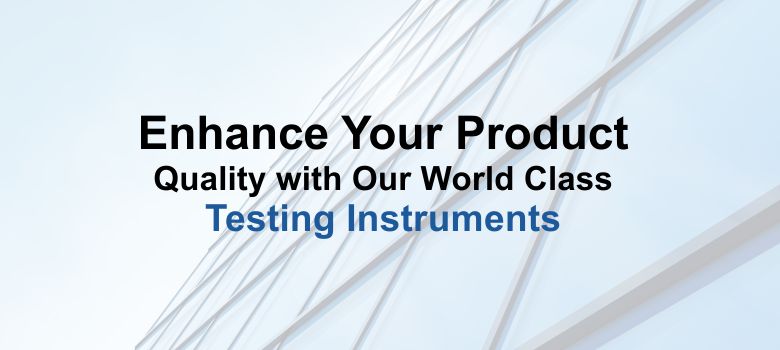
 Bursting strength testing is a crucial quality control step for any industry that deals with packaging materials, including paper and board products, plastics, textiles, and nonwovens. This test determines the maximum amount of pressure that a material can withstand before it ruptures or bursts. Choosing the right bursting strength tester is crucial for ensuring accurate and reliable test results. In this blog, we will discuss how to choose the right Paper bursting strength tester for your needs.
Bursting strength testing is a crucial quality control step for any industry that deals with packaging materials, including paper and board products, plastics, textiles, and nonwovens. This test determines the maximum amount of pressure that a material can withstand before it ruptures or bursts. Choosing the right bursting strength tester is crucial for ensuring accurate and reliable test results. In this blog, we will discuss how to choose the right Paper bursting strength tester for your needs.
Determine Your Testing Needs
The first step in selecting a BST is to determine your testing needs. Consider the type of material you need to test, the range of bursting strengths you want to measure, and the test standards you need to comply with. Some industries require specialized tests, such as wet or dry burst testing or high-pressure testing. Knowing your testing needs will help you narrow down your options and choose the most appropriate tester.
Consider the Type of Load Cell
The load cell is a critical component of the BST, as it measures the force required to rupture the sample. There are two types of load cells: hydraulic and electronic. Hydraulic load cells are typically more accurate and durable than electronic ones, but they require more maintenance and are slower to operate. Electronic load cells are faster and easier to use, but they may be less accurate and have a shorter lifespan.
Evaluate the Testing Capacity
The testing capacity of a Paper bursting strength tester is another essential factor to consider. The testing capacity is determined by the size of the sample holder and the maximum pressure the tester can generate. If you need to test larger samples or materials with higher bursting strengths, you will need a tester with a higher testing capacity. Be sure to choose a tester with a testing capacity that meets your current and future needs.
Look for Automatic Features
Some modern BSTs offer automatic features, such as automatic sample clamping, automatic pressure control, and automatic data recording. These features can save time and improve the accuracy and repeatability of your test results. If you need to perform a high volume of tests or require precise and consistent results, look for a tester with automatic features.
Check the Test Speed
The test speed of a BST refers to the rate at which the pressure is applied to the sample. A faster test speed can provide more accurate and reliable results, as it minimizes the effects of creep and relaxation in the sample. However, a faster test speed may also increase the risk of damaging the sample or the tester itself. Consider the test speed that best balances accuracy and safety for your specific testing needs.
Look for User-Friendly Features
A paper bursting strength tester should be easy to use and operate, even for inexperienced operators. Look for user-friendly features, such as a simple and intuitive interface, clear instructions, and automatic calibration. A tester that is easy to use can help reduce the risk of operator error and ensure consistent and accurate test results.
Consider the Cost
The cost of a testing machine is an important consideration, as it can vary widely depending on the brand, model, and features. Determine your budget and look for a tester that offers the best value for your money. Remember that the cost of the tester should be weighed against its accuracy, reliability, and durability.
Conclusion
Choosing the right bursting strength tester is crucial for ensuring accurate and reliable test results. Consider your testing needs, the type of load cell, the testing capacity, automatic features, test speed, user-friendly features, and cost when selecting a bursting strength tester. By choosing the right tester for your needs, you can ensure that your packaging materials meet the required standards and provide maximum protection for your products
Thanks to Pacorr Testing instruments, we have all the required quality testing instruments that have helped us to ensure the best quality delivered to our clients.

Danish
Fair Exports Pvt. Ltd.

